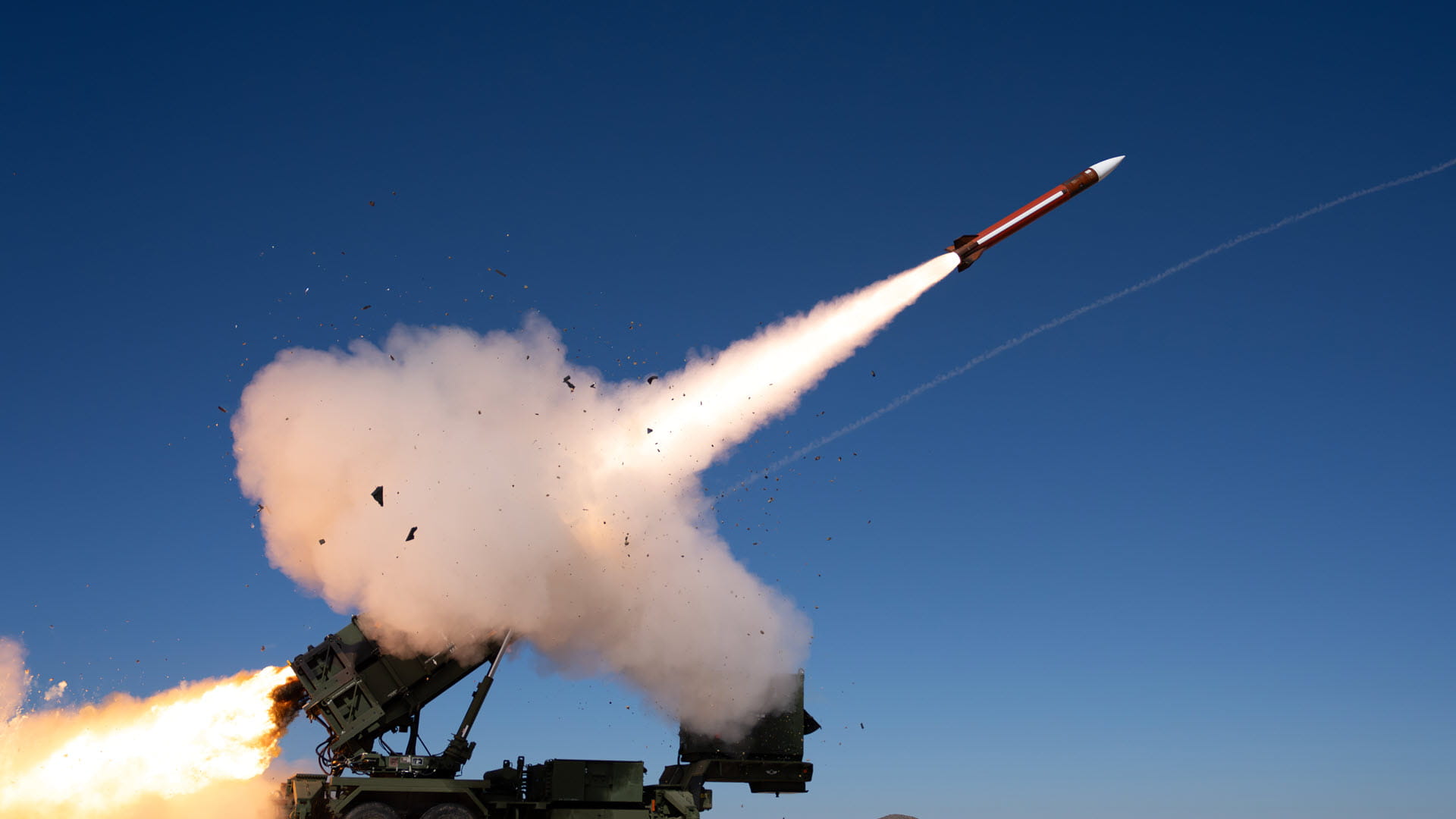New eyes for the fleet
Enterprise Air Surveillance Radar gets advancements - sees better and farther
Not so long ago, the U.S. Navy’s two newest radars were nothing more than ideas.
One would rotate. The other would stand still. Together, they would cover the skies nonstop, helping the Navy defend its ships, conduct air traffic control and increase its overall situational awareness.
Now, the SPY-6(V)2 rotating radar and the SPY-6(V)3 fixed-face radar – known together as EASR, or Enterprise Air Surveillance Radar – have completed testing and are about ready to deploy.
“Three years ago, it was PowerPoint presentations, analysis and spreadsheets and here we are preparing to deliver this capability to the fleet,” said David Fenn, senior program manager for EASR at Raytheon, a Raytheon Technologies business.
The Navy and Raytheon conducted testing at the Surface Combat System Center at Wallops Island, Virginia. The tests focused on anti-air warfare and air traffic control capabilities, weather operations, and power systems for both radars. The EASR will replace single-function legacy radars and improve range and performance.
The radars are part of the SPY-6 family – a group of advanced naval sensors that can find and track targets such as fighter jets, cruise missiles and ballistic missiles, all while resisting interference from the environment, like high waves on rough seas.
Engineers used lessons learned from earlier SPY-6 radars such as the AMDR, or Air and Missile Defense Radar, to develop the new EASR variants quickly.
“Normally, when you do a first-time production build, you have delays, but we finished the first array exactly to the day we said we were going to,” Fenn said. “A lot of that is a result of the work we did on AMDR (Air and Missile Defense Radar) previously.”
Both are highly customizable because they’re built from a common base unit – a two-by-two-by-two cube, and both use variants of the original SPY-6 software, which the Navy has already validated and the business has improved over time.
The AN/SPY-6(V)2 will be installed on amphibious assault ships and Nimitz-class carriers. The AN/SPY-6(V)3 will be incorporated on Ford-class aircraft carriers, and will be a centerpiece of the Navy’s new Constellation-class frigates (FFG 62).
One size fits all
The SPY-6 EASR radar is 20 percent smaller than the radars it’s replacing, freeing up deck space.
The smaller size and capabilities make EASR applicable for domestic and international navies. The SPY-6 V(3) version is designed to retrofit onto platforms that previously carried AN/SPS-48 and AN/SPS-49 radars.
Commonalities cut costs
Using the same building blocks and software as the rest of the SPY-6 program drives down the operating costs of the radar over its lifetime.
The radars are easy to maintain – they have four basic parts, and it takes only two tools to make any repair.
“The more we can help the Navy reduce their operating and sustainment costs, the better it is for the nation as a whole,” said Scott Spence, program area director for naval radars at Raytheon.
In July 2020, the Navy awarded Raytheon a $126 million contract to produce four SPY-6(V)2 rotators and two SPY-6(V)3 fixed-faced radars.
The business is building the first arrays and started near-field range testing in April 2021. The radars are expected to be delivered to the Navy by January 2023.
“The Navy had an idea of what their next-generation radar would be and we’re bringing it to fruition,” Spence said. “We’re not done – this radar will evolve with the threats it has to counter.”




